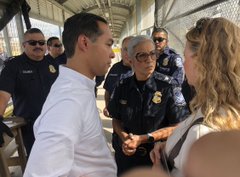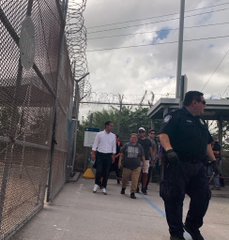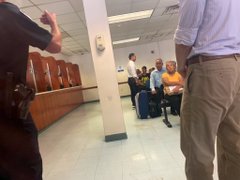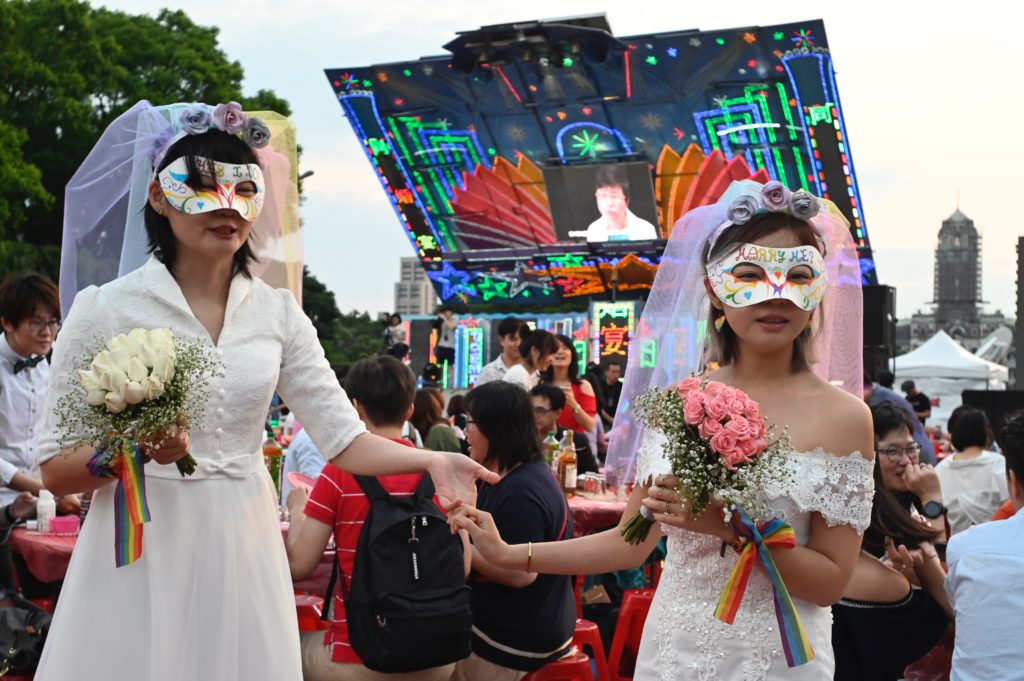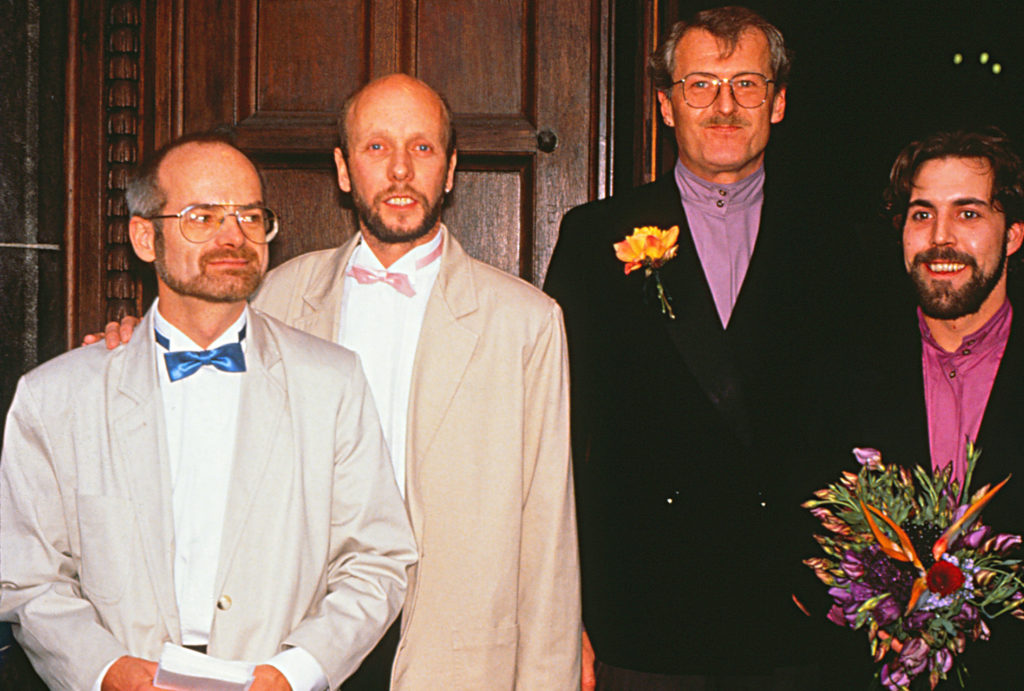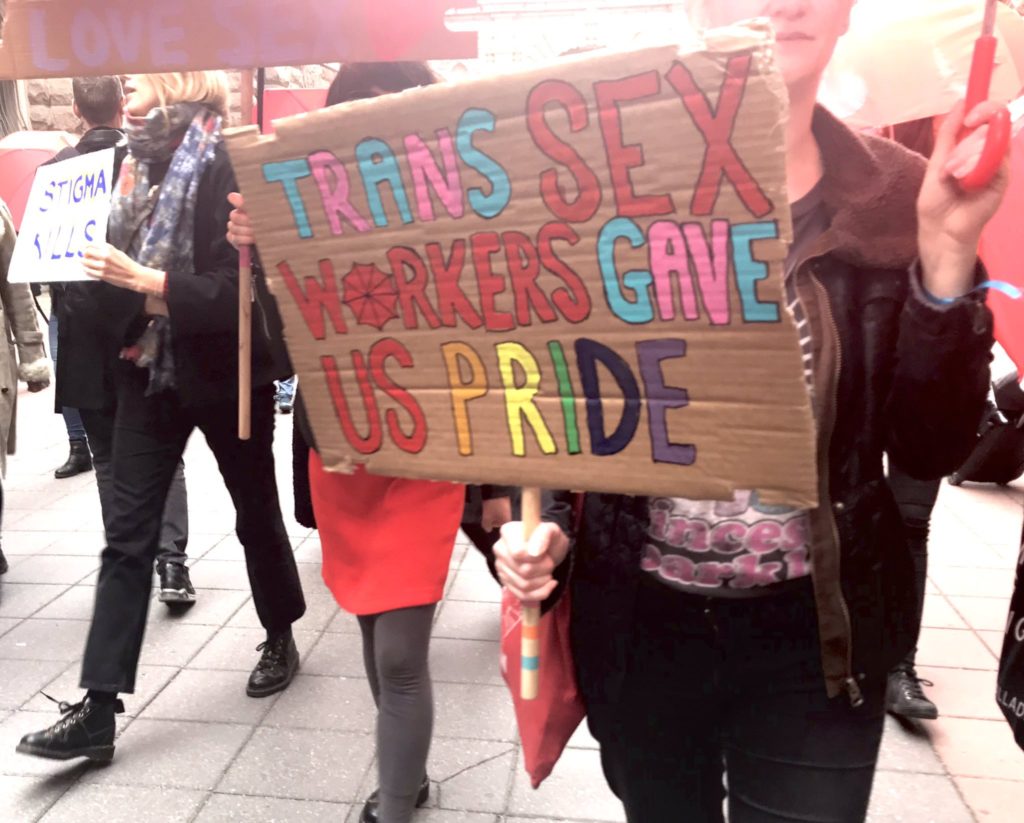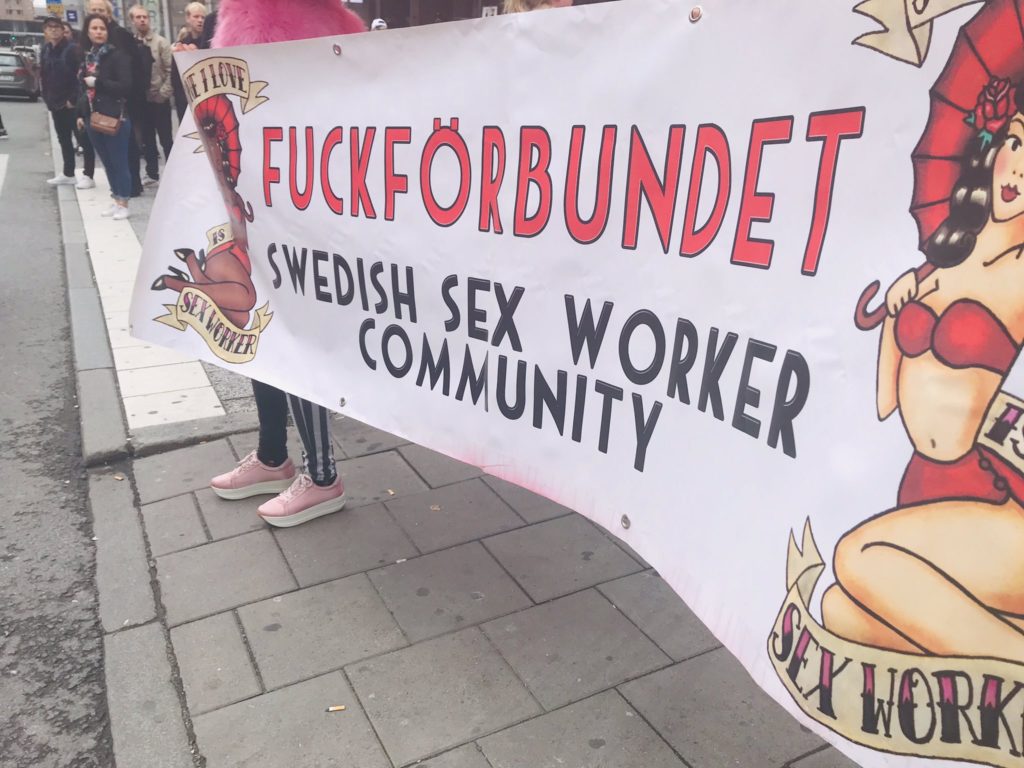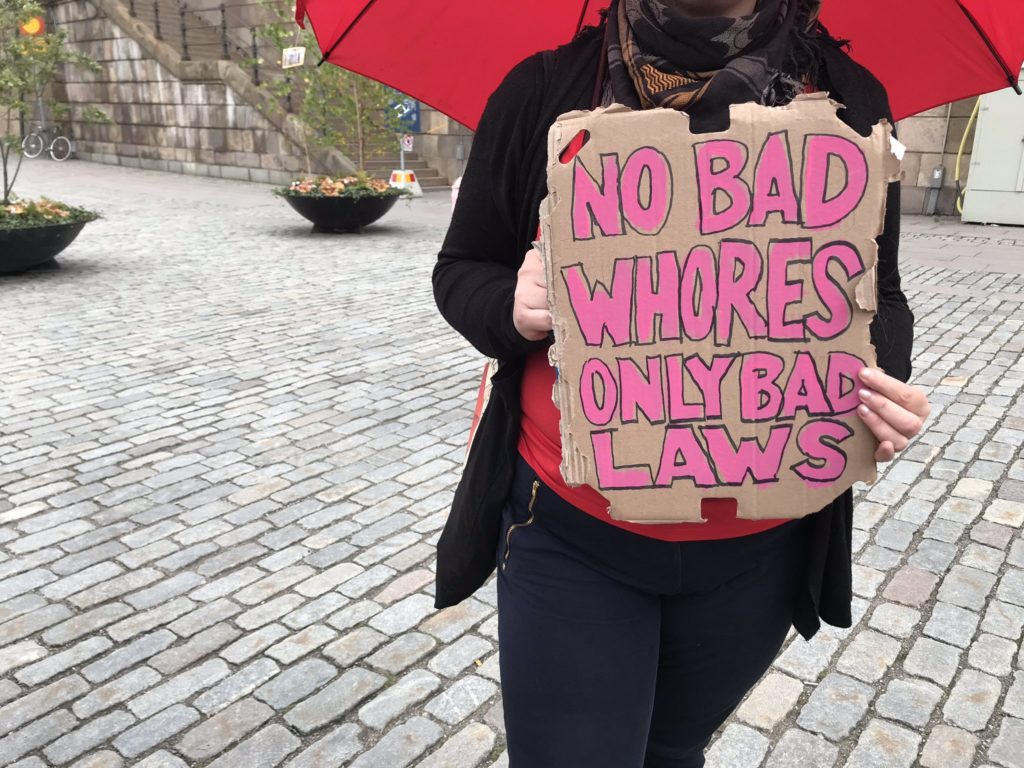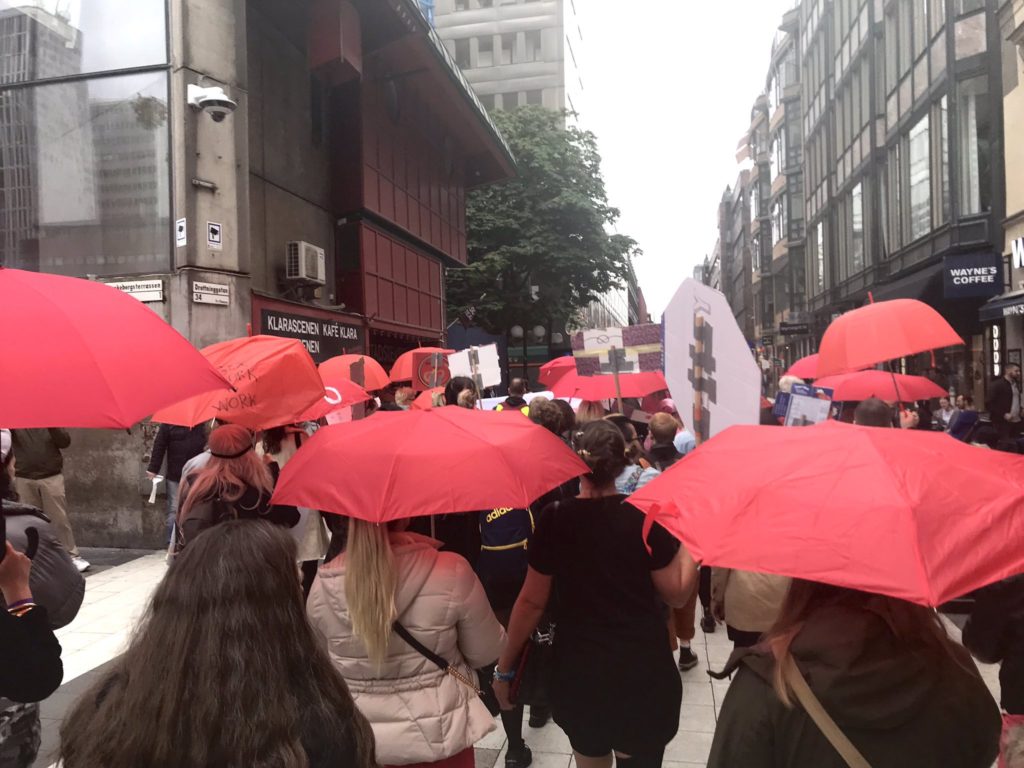Transgender Activist Samantha Boucher to Run U.S. Senate Campaign
Samantha Boucher is on her way — both to Iowa for the 2020 U.S. Senate race there and to becoming the first openly transgender person to manage a U.S. senatorial campaign. Boucher, 24, will head Democratic candidate Kimberly Graham’s Senate campaign in the state against the Republican incumbent, Joni Ernst.
“Just the opportunity to do something so huge, to have a national impact, potentially, that really excites me, and I’m really looking forward to sinking my teeth in,” Boucher told NBC News.
Trans people are entering the political arena during an era when their rights are increasingly under attack — from a recent military ban on trans service members to myriad Republican-backed “bathroom bills.” At least 20 trans candidates have been elected to city and state offices across the country in recent elections. Prominent trans activist Sarah McBride recently launched her 2020 campaign to run for the Delaware senate.
Related
‘Laughed out of interviews’: Trans workers discuss job discrimination
Graham, a lawyer who represents abused and neglected children, said she wants to ban conversion therapy and has vowed to push the Equality Act, a bill that would add sexual orientation and gender identity to federal civil rights law to prevent discrimination against lesbian, gay, bisexual, transgender and queer people. She said she hired Boucher after realizing “how dedicated she is to changing things for the better through political action, through her own activism and through her own history.”
“I don’t think it’s OK for me to go around talking about social justice, LGBTQ+ rights, criminal justice reform and economic justice without hiring people for this campaign who reflect as much as possible all of that,” Graham told NBC News.
Graham will vie with four other Democrats — Michael Franken, Theresa Greenfield, Eddie Mauro and Cal Woods — for the right to take on Ernst.
As an out trans person, Boucher said the opportunity to manage a U.S. Senate campaign is “equal parts exciting and terrifying.”
Last year, Boucher served as a campaign manager to Danielle Mitchell, a doctor who won the Democratic primary but lost the general election in Tennessee’s 3rd Congressional District. During that campaign, Boucher was not vocal about her identity. But the 2020 campaign in Iowa, she said, will be different, and she expects there to be controversy.
“To me, it’s not something to be ashamed of. It’s not something to hide or try to avoid,” Boucher said. “It is a part of who I am, and it means I am well positioned to help represent a part of our country that just hasn’t been represented well before in government.”
Related
LGBTQ Syrian refugees forced to choose between their families and who they are
Boucher has been a longtime activist for the LGBTQ community in eastern Tennessee where she lives and where she has spent most of her life. She organized Chattanooga’s Queer Community Forum, a local collective that fought for an LGBTQ equality ordinance in the city, and helped launch a “Queer the Vote” app that made it easy for voters in Chattanooga to identify which candidates on the 2018 ballot supported LGBTQ rights.
When Boucher isn’t advocating for the LGBTQ community, she’s using her tech skills as a volunteer intelligence analyst to save lives. She served on the U.S. Air Force Auxiliary Civil Air Patrol and Team Rubicon, a nonprofit, all-volunteer force of ex-service members who conduct search and rescue missions domestically and internationally.
Boucher, who will be based in Des Moines, Iowa, during the campaign, said she hopes her position as Graham’s campaign manager will give a voice to trans people during a time when it’s needed most.
“There are a lot of people whose voices go unheard, a lot of people who are pushed out and disenfranchised from the system,” Boucher said. “But hopefully it will inspire others to know it’s not a door that’s closed to them, and it’s something they can accomplish, too.”

